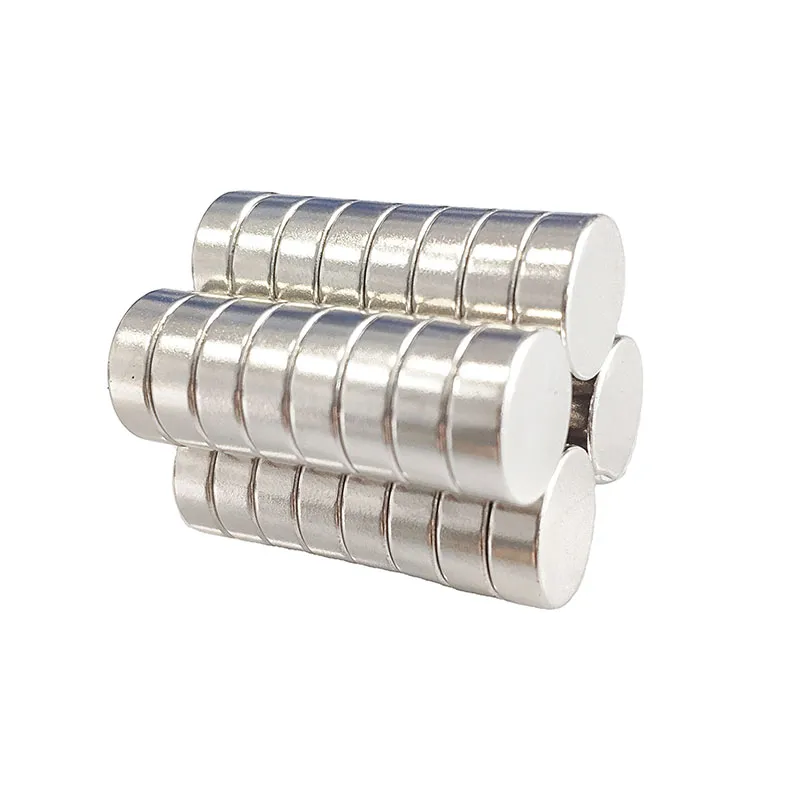NdFeB Magnets in Renewable Energy: Powering a Greener Future
2024-10-18
The shift toward renewable energy sources like wind and solar power has never been more critical. As global demand for clean energy rises, NdFeB magnets play an increasingly significant role in enabling efficient, sustainable technologies. This blog explores how these powerful magnets are driving the renewable energy revolution.

1. The Role of NdFeB Magnets in Wind Energy
Wind turbines are one of the most prominent applications of NdFeB magnets in the renewable energy sector. NdFeB magnets are used in the generators of wind turbines to convert mechanical energy (produced by wind) into electrical energy. The magnets’ high magnetic energy density allows for the creation of compact and efficient generators that can produce electricity at a large scale.
- Direct-Drive Wind Turbines: Many modern wind turbines use direct-drive systems, which eliminate the need for a gearbox. These systems rely on NdFeB magnets to produce electricity more efficiently and with less mechanical wear, reducing maintenance costs and increasing the lifespan of the turbines.
2. Solar Power Innovations
While solar power systems traditionally rely on photovoltaics (PV) to convert sunlight into electricity, NdFeB magnets are also used in various aspects of solar energy. They are used in solar tracking systems, which follow the movement of the sun to ensure that solar panels receive maximum exposure to sunlight throughout the day. By utilizing NdFeB magnets in the motors that move the panels, solar tracking systems operate more efficiently, maximizing energy generation.
3. Advantages of NdFeB Magnets in Renewable Energy
- Efficiency: The high magnetic strength of NdFeB magnets allows energy conversion systems, like generators and motors, to operate more efficiently, reducing energy loss and maximizing output.
- Compact Size: NdFeB magnets' ability to generate powerful magnetic fields in a small volume allows engineers to design more compact and lightweight systems, which is particularly beneficial for wind turbines and solar tracking systems where size and weight impact overall performance.
- Durability: When properly coated, NdFeB magnets have excellent longevity, reducing the need for frequent replacements and repairs, which contributes to lower overall maintenance costs in renewable energy systems.
4. Challenges of Using NdFeB Magnets in Renewable Energy
Despite their advantages, NdFeB magnets also present challenges, particularly related to cost and supply. Neodymium is a rare-earth metal, and its extraction and processing can be environmentally harmful if not done responsibly. Additionally, geopolitical factors influence the availability and price of rare-earth materials, as the majority of neodymium production occurs in specific regions.
To mitigate these challenges, ongoing research focuses on developing alternative materials or reducing the reliance on neodymium in magnet production. Recycling NdFeB magnets is another approach being explored to ensure a sustainable supply of these critical components for renewable energy.
5. The Future of NdFeB Magnets in Clean Energy
As demand for renewable energy grows, so too does the need for NdFeB magnets. Advancements in material science aim to improve their performance at higher temperatures and reduce reliance on rare-earth elements. These developments could further optimize the efficiency of wind turbines, solar systems, and other green technologies.
Conclusion
NdFeB magnets are an integral part of the renewable energy landscape, helping to drive the efficiency and sustainability of wind and solar power systems. Their strength, compact size, and durability make them invaluable in the quest for a greener future. As technology evolves, so will the use of NdFeB magnets in renewable energy, continuing to shape the way we generate clean power.


